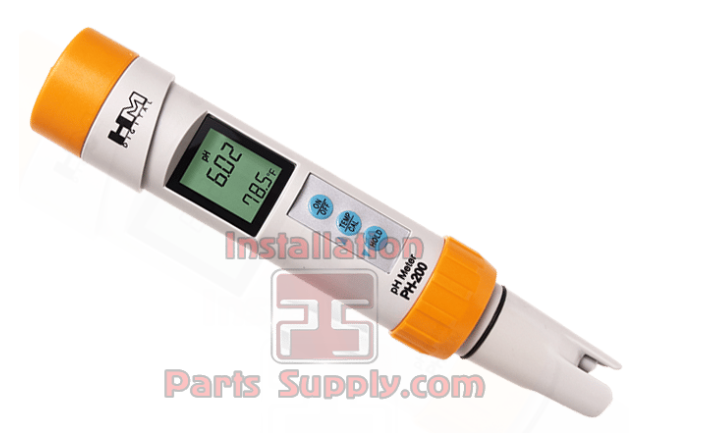As a business owner or accountant, sending invoices, statements, and other financial documents is an integral part of running a successful business. QuickBooks Desktop offers the option to send these documents directly via email, but if the email settings are incorrect, it can lead to delays, missed payments, and frustrated clients. In this article, we’ll go over how to verify your email settings in QuickBooks Desktop so that you can ensure that your financial documents are being sent correctly and on time.
Understanding Email Settings in QuickBooks Desktop
Before we dive into how to verify your email settings, it’s important to understand what these settings are and why they are necessary. QuickBooks Desktop allows you to send emails directly from the program, and in order to do so, you need to configure the email settings. These settings include the email address you want to send from, the email server name and port, and the email login credentials.
Verifying Email Settings in QuickBooks Desktop
Verifying your email settings in QuickBooks Desktop is a straightforward process. Here are the steps to follow:
Step 1: Open the Preferences Window
To access the email settings, open QuickBooks Desktop and go to the “Edit” menu. From there, select “Preferences” and then “Send Forms.”
Step 2: Select Your Email Provider
QuickBooks Desktop supports a variety of email providers, including Gmail, Yahoo, and Outlook. Select the email provider you use to send emails.
Step 3: Enter Your Email Address
Enter the email address you want to send from in the “Email Id” field.
Step 4: Configure the Email Server Settings
The email server settings vary depending on the email provider you use. In general, you will need to enter the server name, port number, and the type of encryption used. You can find this information by doing a quick search online for your email provider’s SMTP settings.
Step 5: Enter Your Email Login Credentials
Enter your email login credentials, including your username and password. If you have two-factor authentication enabled, you will also need to enter the verification code.
Step 6: Test the Email Settings
Once you have entered all the necessary information, click the “Test Email Settings” button to verify that the settings are correct. QuickBooks Desktop will send a test email to the address you specified. If the email is successfully sent, you can be confident that your email settings are correct.
Common Email Setting Issues and Solutions
Even if you follow the steps above, you may encounter issues with your email settings. Here are some common issues and how to resolve them:
Issue 1: “QuickBooks is unable to send your emails to Outlook”
This error message typically indicates that your email provider is blocking QuickBooks from sending emails. You will need to adjust your email provider’s security settings to allow QuickBooks to send emails. You can find instructions on how to do this by doing a search online for your email provider’s security settings.
Issue 2: “Incorrect password or username”
If you receive this error message, double-check that you have entered your login credentials correctly. Remember that the password is case-sensitive.
Issue 3: “SSL connection error”
This error message indicates that there is an issue with the encryption used to connect to the email server. Try changing the encryption type to “TLS” and see if that resolves the issue.
Conclusion
Verifying your email settings in QuickBooks Desktop is an important step in ensuring that your financial documents are being sent correctly and on time. By following the steps outlined above and resolving any common issues you may encounter, you can be confident that your email settings are correct and your clients are receiving their financial documents as expected.
How to Reissue a Check in QuickBooks
How to Update Credit Card Information in QuickBooks?


